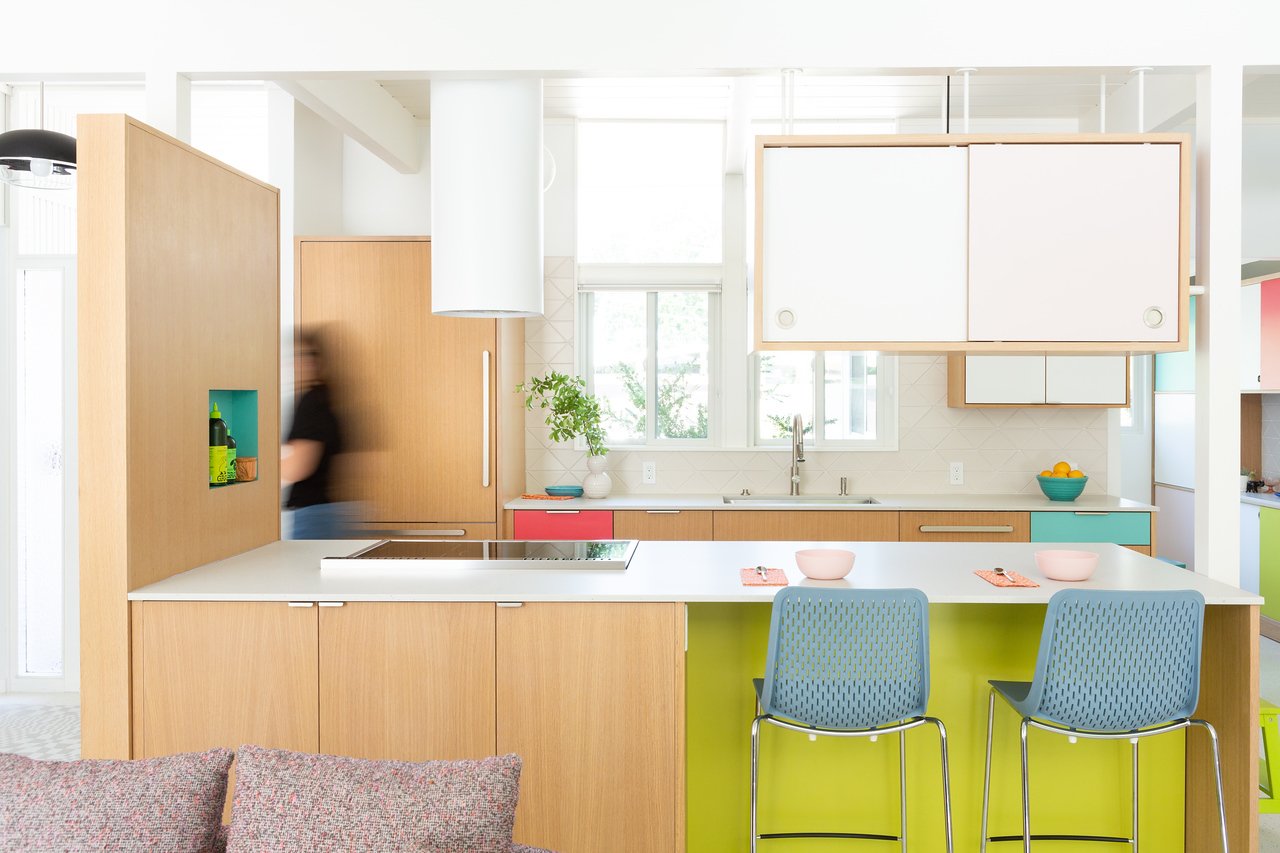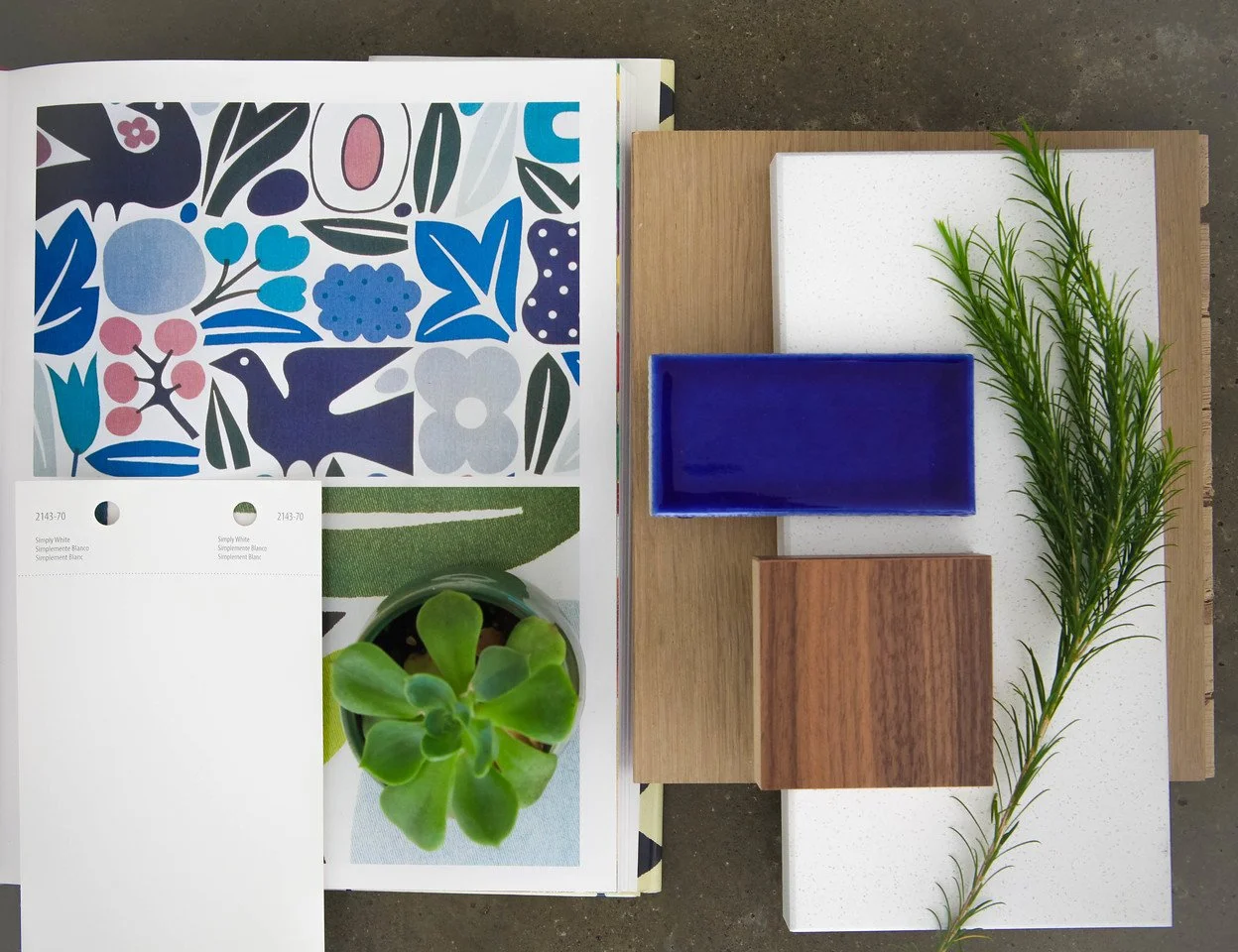How to Start an Interior Design Business: A Fun, Encouraging Guide
So, you want to know how to start an interior design business? First of all, congratulations! You're about to embark on a journey that’s equal parts creative, rewarding, and, yes, sometimes a bit chaotic (but in a good way). Whether you're fresh out of school or coming from a totally different field—like retail merchandising or corporate life—you have everything you need to make this dream a reality. And guess what? There's more than one way to get there.
This guide is here to show you that you don’t need to have all the answers from day one. So, take a deep breath, grab a cup of coffee (or a glass of wine—we don't judge), and let's dive into this step-by-step plan for how to start an interior design business that’s unique to you!
Many Roads Lead to Design Town: Finding Your Path
There’s no one-size-fits-all approach when it comes to **how to start an interior design business**. While many people believe that only a traditional education can get you there, it turns out there are numerous ways to make it in this creative world. You can come from art school, visual merchandising, or even a totally different field—every background brings its own unique flair to interior design. Here’s a look at a few paths to consider.
The Traditional Route: Interior Design Degree
If you like the sound of being able to say, “I went to design school,” you might want to start with a formal education. Many successful interior designers have either an associate’s or bachelor’s degree in interior design, architecture, or a related field. Here's what that looks like:
Design School
Programs usually last 2-4 years and will teach you the ins and outs of design theory, color principles, space planning, and architectural drawing. Look for a program accredited by the Council for Interior Design Accreditation (CIDA) if you’re aiming for licensure or certification later on.
NCIDQ Certification: The National Council for Interior Design Qualification (NCIDQ) certification can give you a professional edge, especially if you want to focus on commercial interior design. You can take this exam after completing your degree and gaining some work experience.
But wait! What if school isn’t your thing, or you don’t want to wait that long? Don’t worry! You have other options.
The Alternative Route: Adjacent Design Experience
You might be reading this thinking, “I’ve never taken a design class in my life, but I sure know how to make a store display look fantastic!” If that’s the case, you’re already halfway there. People with backgrounds in corporate retail merchandising, home staging, or visual design already have transferable skills that can jumpstart their interior design career.
Retail Merchandising: If you’ve spent years perfecting store layouts, color palettes, and visual displays, congratulations—you’ve been honing your interior design eye all along! Retail merchandising teaches you about spatial arrangement and consumer appeal, skills that translate beautifully into home design.
Home Staging: If you’re a pro at making homes look their best for open houses, you already have a great understanding of what makes a space inviting and functional.
Visual Display or Event Design: Those who work in visual merchandising or event design already have an eye for detail, aesthetics, and creating memorable spaces. Transitioning to interior design could be a natural next step.
There are no hard and fast rules for how to start an interior design business, so feel free to bring your unique skills into the mix. Now, onto the technical stuff!
The Tools of the Trade: Digital, Technical, and Mobile
When you’re thinking about how to start an interior design business, it’s crucial to have the right tools at your disposal. From drafting detailed floor plans to managing client relationships, these tools will be your secret weapon to stay organized and deliver high-quality work.
Mastering Technical Drawings
Creating professional technical drawings is essential when it comes to communicating your design ideas. You don’t need to be Michelangelo, but learning how to sketch basic floor plans and elevations is a must.
2D and 3D Plans: Mastering tools like AutoCAD, SketchUp, and Revit will help you produce both 2D and 3D models. AutoCAD is your go-to for precise 2D layouts, while SketchUp is perfect for creating 3D visualizations to help clients see your vision come to life.
Layering and Detailing: You’ll need to learn how to create layers in your technical drawings to separate elements like furniture placement, lighting, and cabinetry.
Create a Floor Plan Using ArcSite–On-the-go!
Now, let’s say you’re out on a job site with a client and need to make quick adjustments to a floor plan—enter ArcSite. This mobile-friendly app is designed to help you create professional floor plans and technical drawings on the go.
Mobile-Friendly: Available on tablets like the iPad, ArcSite allows you to draw floor plans and add detailed annotations right on-site. You can even pair a Bluetooth-compatible measuring device to get perfect measurements captured right within your drawing.
Accuracy in the Field: It’s great for taking real-time measurements and sketching out floor plans while standing in the room. You can upload these drawings to your desktop later for refinement or share them directly with contractors.
Integrates with Your Tools: ArcSite integrates smoothly with more advanced software like AutoCAD and SketchUp, making it an invaluable part of your toolkit. There’s a free trial so don’t hesitate to check it out!
2.3 Customer Relationship Management (CRM)
It’s not all about drawings and furniture—knowing how to manage clients is critical when starting your own interior design business. A solid CRM system helps keep projects, clients, and finances in order.
CRM Tools: Tools like HoneyBook, Dubsado, or Studio Designer can help you track client interactions, manage invoicing, and keep timelines in check.
Regular Check-ins: Frequent communication ensures clients know what to expect at each phase of the design process, which helps avoid misunderstandings and keeps everyone happy.
2.4 Material Sourcing
Sourcing materials is one of the most exciting parts of interior design. From luxurious fabrics to statement lighting pieces, knowing where to source quality products is key to bringing your vision to life.
Vendor Relationships: Build strong connections with vendors and showrooms to get exclusive deals and early access to new collections. Plus, good vendor relationships mean quicker delivery times and fewer headaches.
3. Nailing Client Preferences (Even When They Have No Idea What They Want)
One of the trickiest parts of interior design? Figuring out what your clients want—sometimes before they even know themselves. But don’t worry, we’ve got tips for that.
3.1 Client Discovery Sessions
Your first meeting with a client is all about figuring out their tastes, lifestyle, and ultimate goals. Some clients will know exactly what they want down to the doorknobs; others will just shrug and say, "I don’t know—something cozy?"
Questions to Ask: Start by asking them to describe their ideal space, what they use the room for, and how they want it to make them feel. Use tools like Pinterest boards to gather visual inspiration that resonates with them.
3.2 Creating Mood Boards
Designing a space is like telling a story, and mood boards are your narrative outline. Whether you go old-school with a physical board or use a tool like Figma and our plugin Design Board, a mood board helps clients visualize the color palette, materials, and furniture selections you’ve curated for them.
Design Board, a Figma plugin allows for great design specification presentation
Digital Mood Boards: With tools like Design Board, DesignFiles or Houzz Pro, you can present a professional, digital mood board to clients, integrating real-time feedback and changes.
4. Finding Your Niche and Building a Brand
You’re almost there! Now that you’ve learned how to start an interior design business, it’s time to carve out your own space in the market. One of the best ways to stand out from the competition is to focus on a specific niche.
4.1 Identify Your Niche
Finding your niche can help you build a brand that speaks to your strengths and passions.
Specialize in a Design Style: Whether it’s bohemian, industrial, mid-century modern, or minimalist, becoming known for a specific design style will help attract clients with similar tastes.
Sustainability: More clients are looking for eco-friendly designs and sustainable materials. This niche is growing rapidly as people prioritize reducing their environmental footprint.
4.2 Marketing and Branding
Marketing doesn’t have to feel overwhelming. Once you know who you’re trying to attract, start building a brand that reflects your style and values.
Online Presence: Your website is your digital portfolio. Make sure it’s clean, easy to navigate, and full of high-quality images of your best work.
Social Media: Use Instagram, Pinterest, and Houzz to show off your projects and connect with potential clients. Before-and-after photos, behind-the-scenes shots, and client testimonials are all great ways to engage with your audience.
5. The Business Basics: Because Design is Only Half the Battle
Once you’ve nailed the creative side, it’s time to dive into the business side of how to start an interior design business. Here’s what you need to know about keeping your business running smoothly.
5.1 Legal and Financial Setup
First things first—register your business and choose the right structure. Most interior designers choose an LLC to protect their personal assets, but you can also start as a sole proprietor if you're just testing the waters.
Get Insured: Interior design projects can involve big budgets and tricky
contracts. Protect yourself with liability insurance in case something goes wrong on a project.
5.2 Tracking Expenses and Income
Tools like QuickBooks, FreshBooks, or Xero will be your new best friends when it comes to tracking your expenses, sending invoices, and monitoring cash flow.
5.3 Setting Your Rates
One of the toughest decisions you’ll make is setting your pricing model. Will you charge by the hour? Or will you offer fixed project rates? Be sure to do some research into what other designers in your area charge, and don’t undersell yourself!
Conclusion: And… You’re Off!
Starting your own interior design business might seem intimidating at first, but with the right tools, mindset, and a whole lot of passion, you can absolutely make it happen. Remember, how to start an interior design business is as much about business savvy as it is about your creative flair.
Now go forth, design dream spaces, and wow your clients. You’ve got this!






